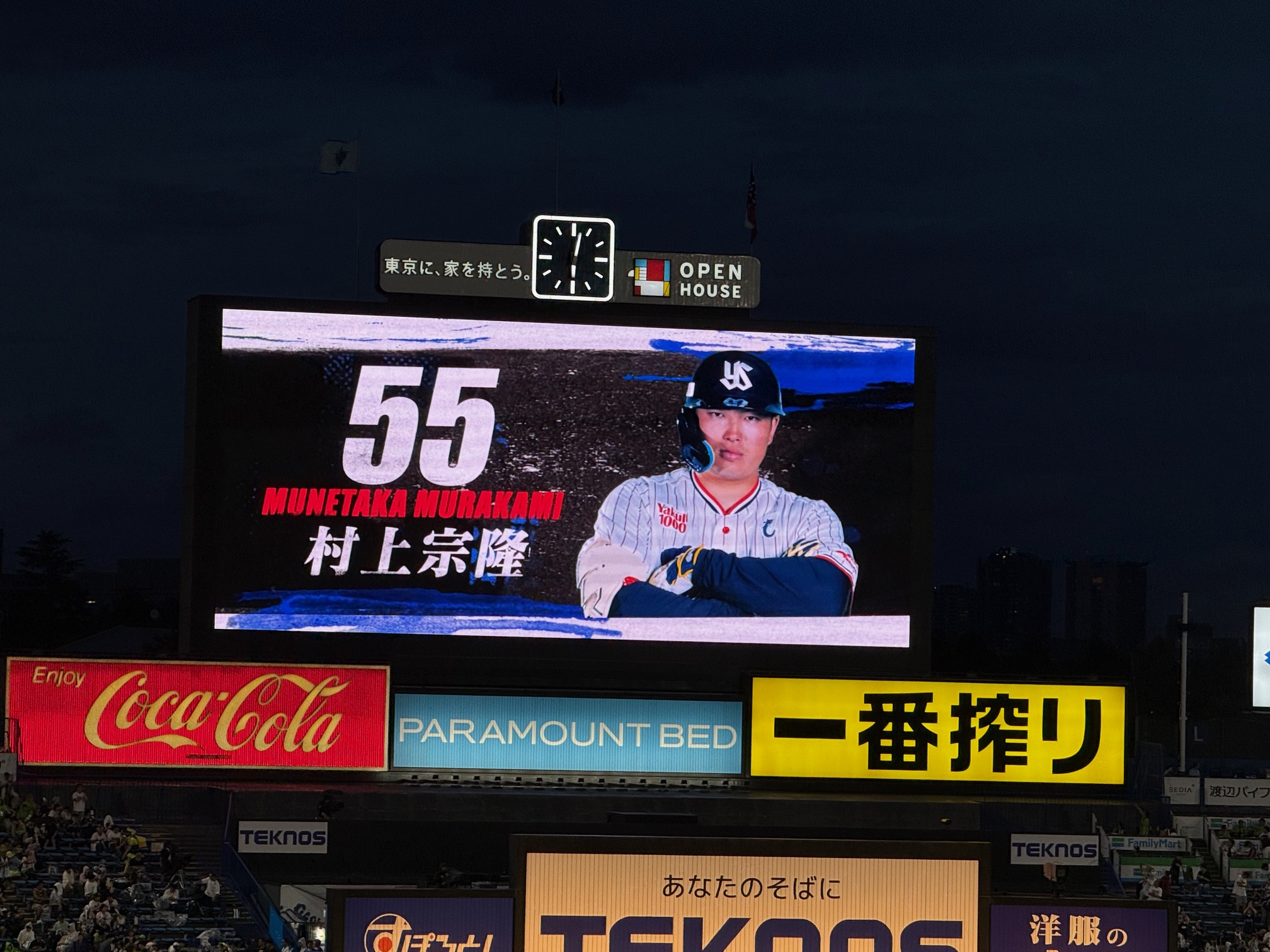The White Sox open the second half of their season tonight in Pittsburgh, and the entire Sox Machine crew is heading there now for the annual road trip with FromThe108. It promises to be a good time had by all, and we're looking forward to seeing everybody who's making the journey to PNC Park.
In the meantime, here's a P.O. Sox mailbag with questions from Sox Machine subscribers. We've built up the newsletter arm of the Sox Machine platform over the last few weeks, and along with the weekly newsletter we've been mailing out, we now have the capacity for sending out tailored emails to supporters at specific membership tiers.
If you support us at the 10 WAR tiers and higher, check your email for the P.O. Sox callouts, because that'll be the way we field questions from here on out. If you didn't get the email, check your account settings to make sure you've opted in to receiving them.
Thanks as always for your support.
We all beat down the White Sox drafting and development over the last few decades. What would be a good measure of how our system is doing? I think putting 5-8 players from a 20-round draft class into the majors is treading water if there's no rotation or positional starters.
In a given draft year, I would consider 2-3 starters, and 3-5 bench pieces to be a productive draft. Is that a reasonable measure? Pie in the sky?
Would a healthy international program double that?
– John G.
James: I think the low end of your expectations would be very good draft production, which they need to start churning out regularly because they’re not going be a power in the free agent market or return to top-10 payrolls soon. The high end of your expectations represents a powerhouse draft that is regarded as possibly the best in franchise history, which they also need to hit on some point to become a top end contender.
I would say looking in terms of total big leaguers starts encouraging you to value safer picks, and by nature they were hunting ceiling with four picks on prep position players, where normally you’re happy to whiff three times if there’s one star. International program also has the lower bar of just creating prospect capital, which is value even if it doesn’t translate to big leaguers.
Jim: There's another way to judge the farm system independent of how many starters/stars/role players the system produces: Does the rest of the league actually like and want their players?
We saw the Sox run into this problem during the second rebuild. Running with safe profiles got a lot of first-day draft picks to the big leagues, and that's not nothing. But because they didn't invest heavily in prep players, and because they emphasized older Cubans with their draft resources, they were routinely short of prospects on whom other teams could dream. Every organization has a Gavin Sheets or a Yolbert Sanchez or a Yoelqui Céspedes, if not multiples, so when the flaws in the White Sox's 26-man roster became apparent, they didn't have ways to reinforce the roster or pivot out from under it.
It'd be cool to get a handful players who can hold down spots on the 26-man roster from each draft, but before that point, they should want their own picks and signings to generate the kind of excitement that they always have to trade for. The Red Sox sent four prospects to the White Sox for Garrett Crochet and didn't really feel it. That’s the dream.
What is Phil Nevin up to? I remember, upon his hire, he was explicitly tasked with amateur scouting for the draft. Did he end up playing any significant role in the draft process?
– Matthew M.
James: The White Sox have kept descriptions of his role amorphous, which they say is intentional to let him find his niche. He was definitely in the draft room. Mike Shirley gave him particular credit for doing research on 13th round pick Rylan Galvan, if only because Troy Tulowitzski is an assistant coach at the University of Texas now and Nevin coached him.
Galvan had a 1,500-yard season as a high school running back in Texas, which would normally be a harmless anecdote to show a prospect is a good athlete, but is probably triggering for this audience.
Should the White Sox consider an extension to A. Houser or trade him (aka "selling high")? Furthermore, if we trade Houser, and assuming everyone will be healthy, how would you rank the 2026 pitching staff in terms of innings to be pitched
S. Smith
J. Cannon
S. Burke
D. Thorpe
D. Martin
Free Agent or traded "inning eater" pitcher
N. Schultz
K. Bush
Other– Javier F.
Jim: Trading Houser is the only sensible decision for a number of reasons. If the White Sox are “selling high” by trading him at this juncture, then there's a very good chance that extending him at his juncture would be buying high – maybe not buying highest, but far more than the initial acquisition cost, and more than they've been willing to invest in a pitcher the last two winters.
Moreover, while signing him to a new contract now would eliminate the possibility of getting exciting talent for him, getting exciting talent for him now doesn't necessarily eliminate the possibility of signing him to a new contract later. Here's one sequence to consider:
- White Sox get a helpful prospect or two for Houser.
- Houser turns into a pumpkin with his new team.
- White Sox approach Houser in the winter saying, “We helped you once and we can do it again.”
Whereas if the White Sox extend him and then regression kicks him in the teeth, then they're going to be staring at those last two months over a very long winter.
There's also the matter that Houser probably wouldn't settle for an extension the White Sox would consider doing because he's so close to free agency. After three months, he'll be able to consider similar-or-better offers from considerably better teams. If he feels compelled to sign what the White Sox would offer him, I'd wonder whether he knows another shoe is going to drop.
Whenever a GM lets go of an impending free agent, be it by a trade or non-tender, you typically hear them say the door isn't closed to a reunion, they'll be in touch with their camp, etc. It’s usually nothing more than good manners, but this is one case where Getz could say it and actually mean it.
James: I would never be against the White Sox paying more money to retain good players, but seemingly literally none of the factors you look at to determine an extension candidate — age, track record, projectability of performance, team contention window, team needs — make them a particularly good match. I’d be surprised to see any Sox extensions in the immediate future, let alone for non-traditional candidates.
I’ll take Cannon (think he’s good, built to eat innings, has workload history), Smith (think he’s good, will be more stretched out next year), innings eating free agent (there’s always one), Martin (think he’s good but trade risk), Burke (less proven, injury history), Schultz (they’ll give him a shot once he looks the part, even if it takes a while), Thorpe (he’ll probably miss half the season in normal recovery timeline), Bush (similar, with less of a big league foothold).
Jim: I'd rank Martin second, just because I think it's a year too early to fashion a sensible trade. They'll probably want at least one innings-eating veteran in their five-man rotation to open the season, because managers always like having at least one guy they don't have to protect.
What ever happened to Anthony Hoopii-Tuionetoa who the Sox obtained from Texas last year? He seemed like he might make it to AAA this season, but it does not look like he is playing now.
– Kevin H.
James: He got to Triple-A last year but was on the restricted list for the bulk of this year before heading out to the complex to ramp up last month. Still he hasn’t gotten into any ACL games as of yet. He didn’t get protected on the 40-man roster last winter and his Rule 5 eligibility was supposed to be the main driver for the Rangers making him available in trade. His under-the-hood Trackman numbers weren’t as impressive as his 2024 results, and he’s now passed through the Rule 5 draft unselected on two separate occasions, so he’s tracking more toward organizational depth than a call-up option at the moment.






